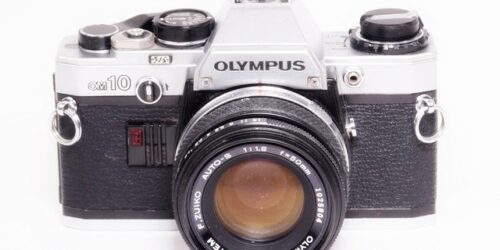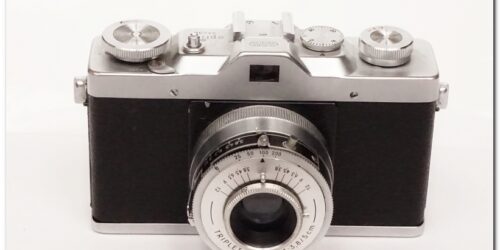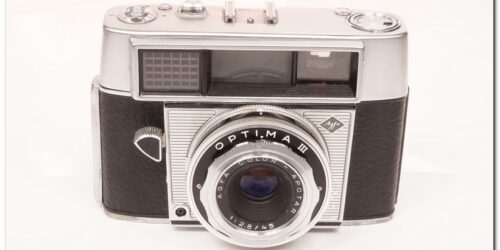Aires Family List
Aires Family List
Post-war Japan saw an abundance of camera makers, being a spending outlet for the American soldiers stationed there. Only a few manufacturers were in this trade before; most have converted existing facilities, such as those for making clocks, bicycles, sewing machines, and pecil sahrpeners, into camera production. Looking back at the long list of post-war brands, most did not survive a decade. Some brands were basic, offering little value added over the parts assembled, as with Arsen, Okaya, and Yamato. Some survived until the millennium’s end and into the digital era, while others in the middle ground, such as Taron, Neoca, Ricoh, and Aires, did make a splash.
Aires was established as Yallu in about 1949. As with most era camera brands, there is little documentation or accurate and commonly accepted historical data and production dates, so please take the dates mentioned here with a measure of leniency. At both incarnations, the company had lasted just over a decade and ceased operations in 1960.
Yallu’s claim to fame was one prototype model, the Yalluflex, that never matured into commercial production, and for the lucky finder, is worth about US$50,000. Shortly after inception, the company changed its name to K.K. Aires Shashinki Seisakusho, translated as Aires Camera Manufacturing Co. Although the name has a Latin flavour, it is truly Japanese.
Aires had aimed at the high end of the amateur market and built a decent reputation. In hindsight, the fault lay in relying on too many sub-assembly suppliers, which may have confused the production line, users, and service. See the rangefinders page for more details. Buying an Aires camera could have been a gamble, as models underwent frequent changes to the two key elements, lens and shutter assembly, ultimately harming the company’s standing. The shutter make and del were specified, but all lenses were offered under the Coral brand, made in-house by Showa Koki, and marked either Airer Coral or Showa Koki Coral. Sears sold rebranded SLR models as entry-level cameras, while Aires distributors sold other models in the US, Kalimar et al, under the Aires name. It raises a question: why did Kalimar not rebrand this line, but sold it under the maker’s name. The simple answer is that the Aire’s reputation was too good to be rebranded, or the other way around.
This brand appears to have been popular in the US, as evidenced by the abundance of online articles. I do not familiar with European sales.
Aires was one of the few era cameras sold in the US, as evidenced by the approximately 200 cameras offered on eBay at any given time. Actual sales are few and far between, with about a dozen items showing up on eBay’s recent three-month sales report.
The cameras were made in three distinct groups.
- The company began with TLR cameras, copies of the established Rollei models, as did most / all Japanese and European camera makers. Shutters and lenses were sourced from whoever could offer them, resulting in a mixed bag of models and sub-models. The Aires Aurtomat TLR is not to be taken as an auto shooting mode; it derived its name from combining the film winding and shutter cocking actions. More in nikomat.org.
- The rangefinder line, namely variants of the Aires 35 moniker, had offered minor changes in technology and style, with a light meter thrown in at random, and with an interchangeable lens system at the late model, the 35V. Camera specifications were fluctuating widely, presumably to cater to specific target market segments. Note that the first in this line was a viewfinder, named Aires 35, catalogued today as Aires 35 I. Towards the end of the company’s life, they changed the naming convention to Viscount variants and thereafter ended the rangefinder legacy.
- The next big thing was the 35mm compact SLR. As with most other surviving camera makers, Aires threw its hat in, introducing a couple of leaf shutter models. However, neither saw success, similar to other such models in Japan and Germany.
- An exception to the Aires model line is the Viceroy of 1956, an Ikonta-inspired #120 klapp, targeted at the immediate surrounding Asian market.
- Furthermore, after the company shut down, another entity attempted to revive the brand with the Aires Ever, a 1960 rebrand of the Penta 35 SLR, and the Radar-Eye, a new variant of the old rangefinder style.
For the collector, it is an inexpensive example of the transitional period of the Japanese photographic industry, better than the run-of-the-mill cameras made in the 1560s. For the shooter, if found a good performing model, it is a go.
| Model | Year | Type | Format | Notes | |
|---|---|---|---|---|---|
| Aires 35 IIISA | 1959 | Rangefinder | 35mm | ||
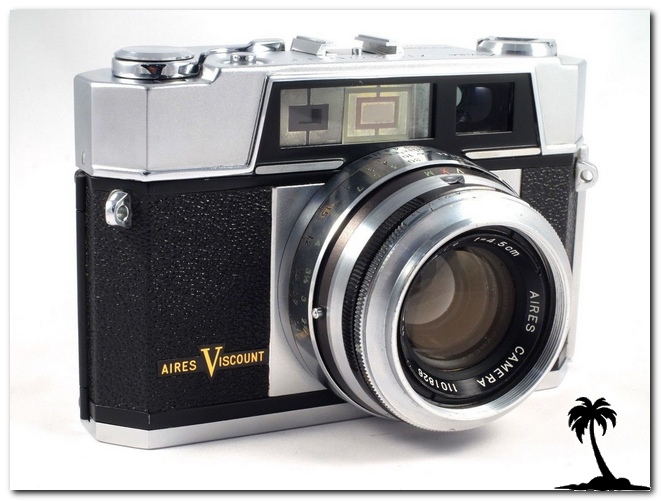 | Viscount 1.9 | 1959 | Rangefinder | 35mm | |
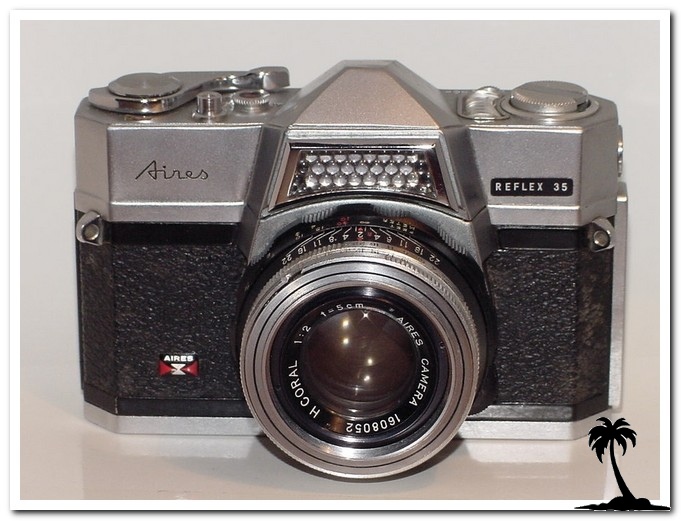 | Reflex 35 LM | 1960 | Compact SLR | 35mm | Penta 35 LM |
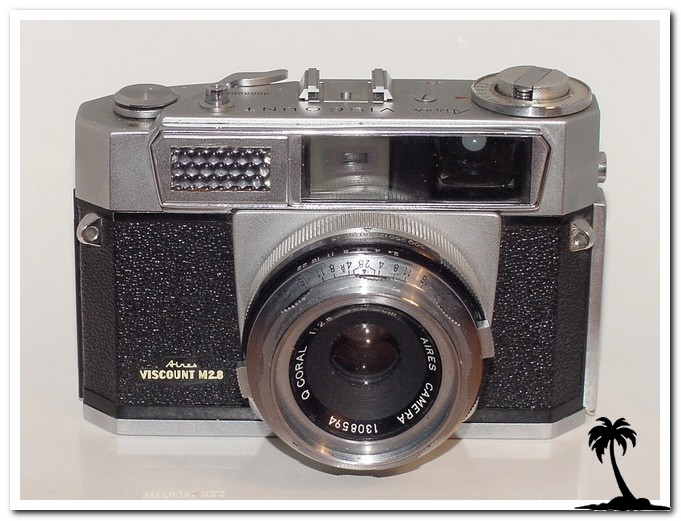 | Viscount M 2.8 | 1960 | Rangefinder | 35mm | Aires M28 |
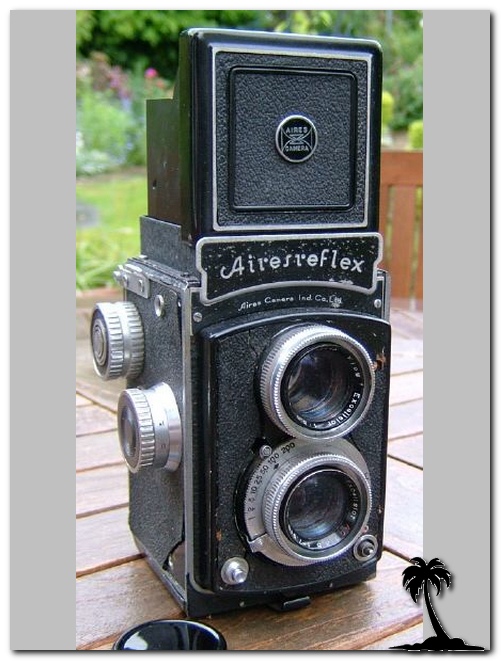 | Airesflex YII | 1951 | TLR | 120 | |
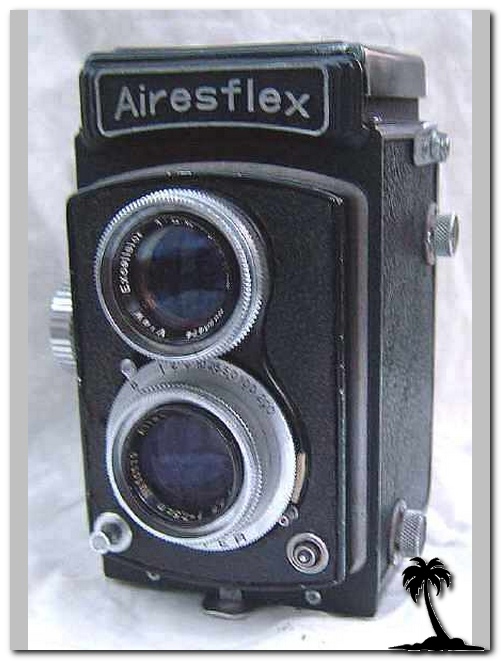 | Airesflex YIII | 1952 | TLR | 120 | Tower Reflex YIII |
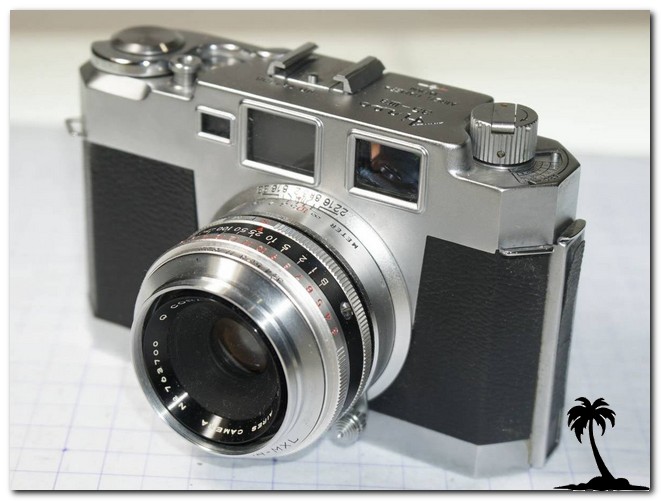 | Aires 35 IIIB | 1957 | Rangefinder | 35mm | |
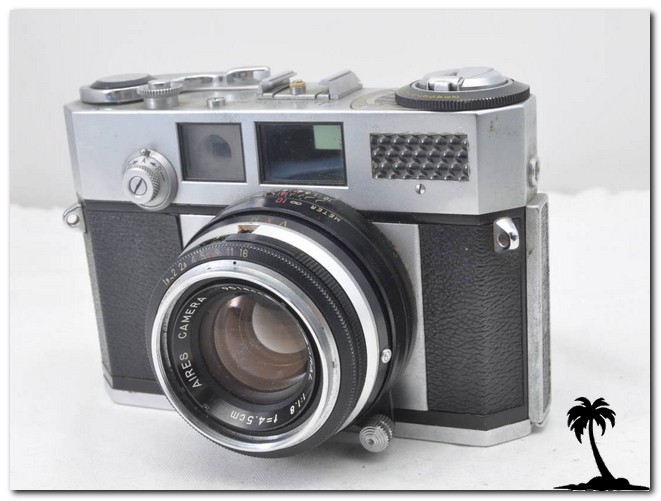 | Aires 35 IIIS | 1958 | Rangefinder | 35mm | Selenium meter |
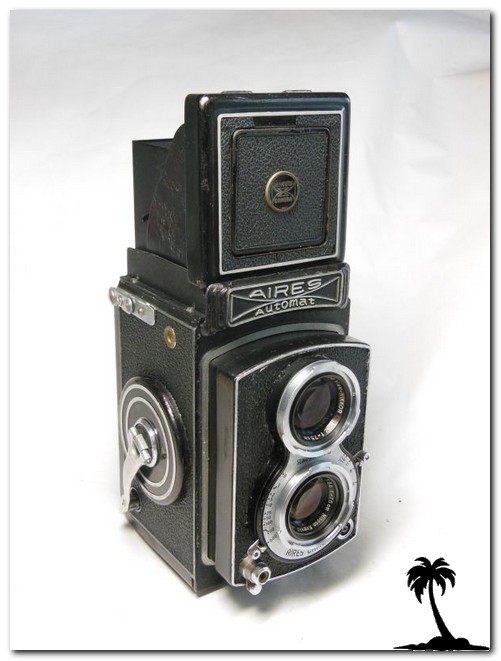 | Aires Automat | 1954 | TLR | 120 | Tower Reflex |
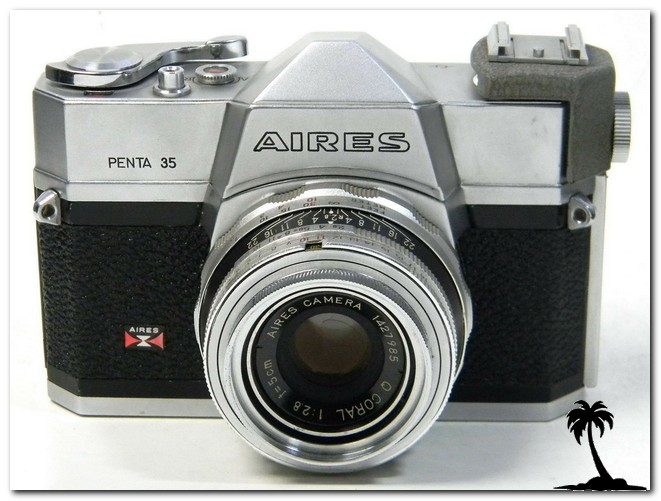 | Penta 35 | 1959 | Compact SLR | 35mm | Reflex 35 no lightmeter |
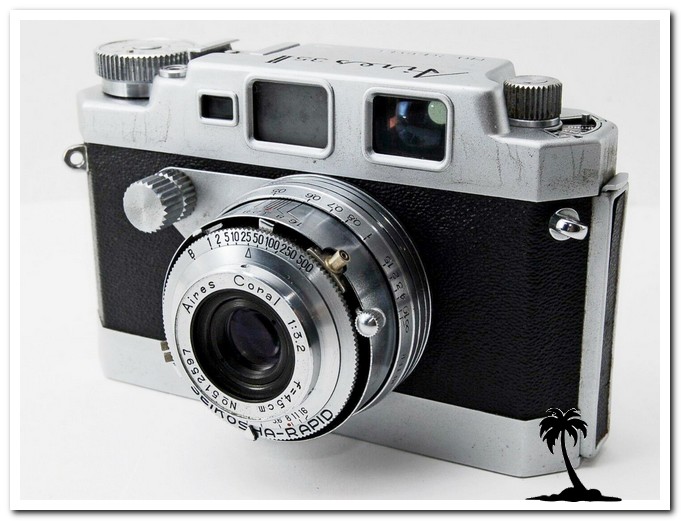 | Aires 35 II | 1954 | Rangefinder | 35mm | |
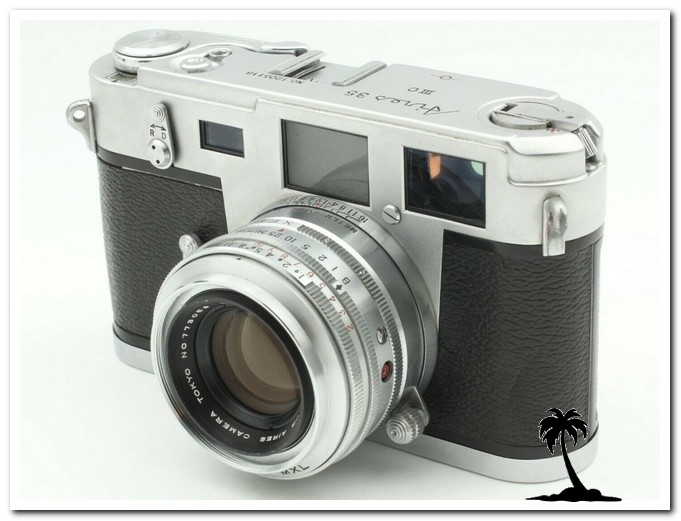 | Aires 35 IIIC | 1958 | Rangefinder | 35mm | |
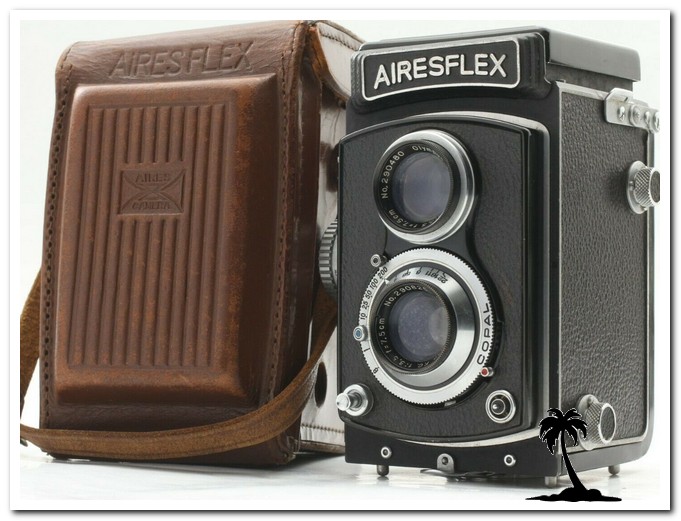 | Airesflex | 1954 | TLR | 120 | |
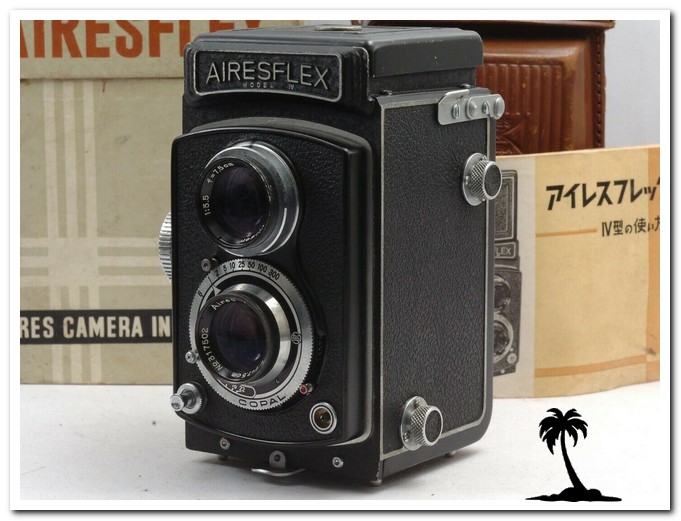 | Airesflex IV | 1954 | TLR | 120 | |
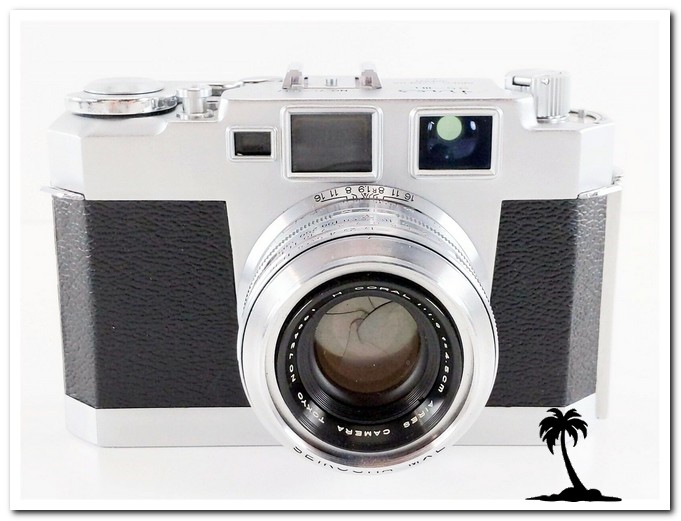 | Aires 35 IIIL | 1957 | Rangefinder | 35mm | |
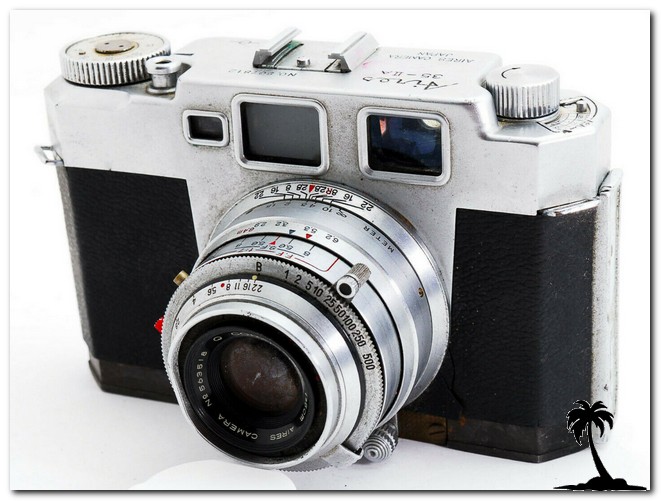 | Aires 35 IIA | 1955 | Rangefinder | 35mm | |
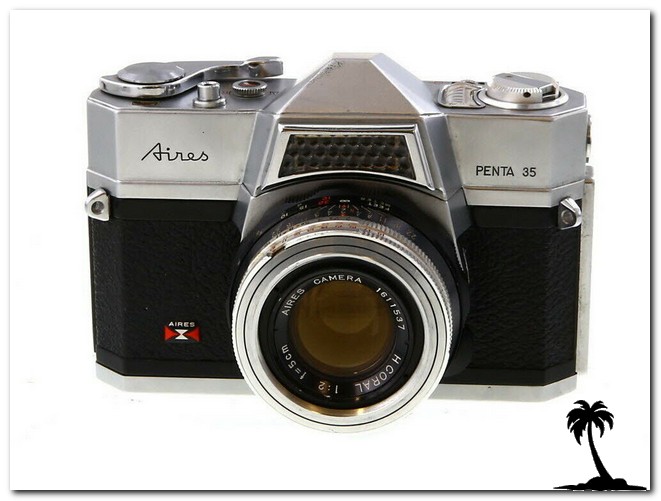 | Penta 35 LM | 1960 | Compact SLR | 35mm | Selenium meter |
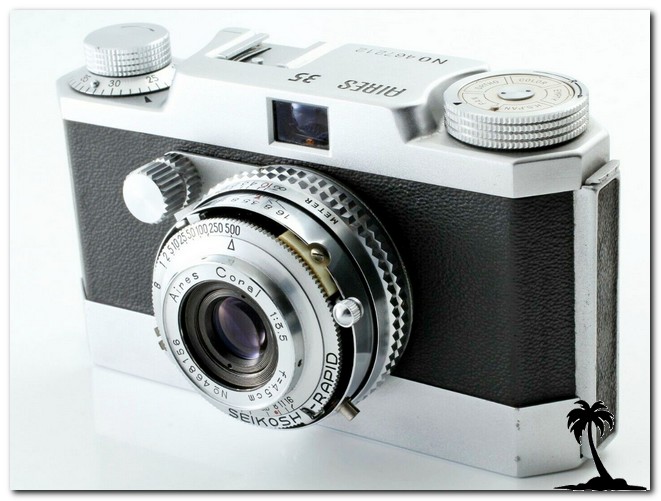 | Aires 35 | 1954 | Viewfinder | 35mm | Aires 35 I |
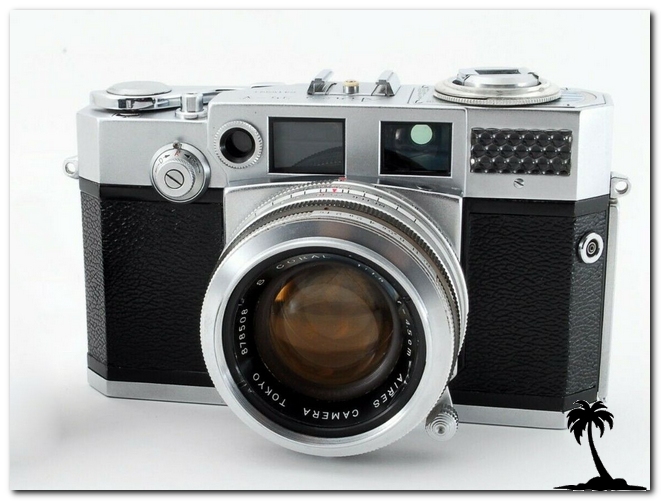 | Aires 35 V | 1958 | Rangefinder | 35mm | Interchangable lens, selenium meter |
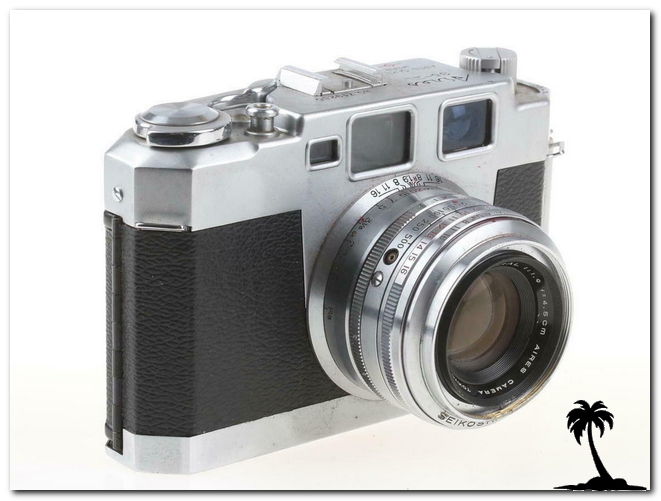 | Aires 35 III | 1955 | Rangefinder | 35mm | |
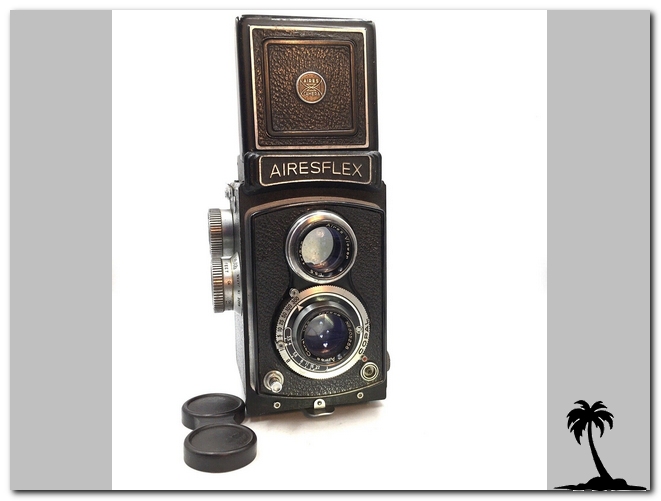 | Airesflex U | 1953 | TLR | 120 | |
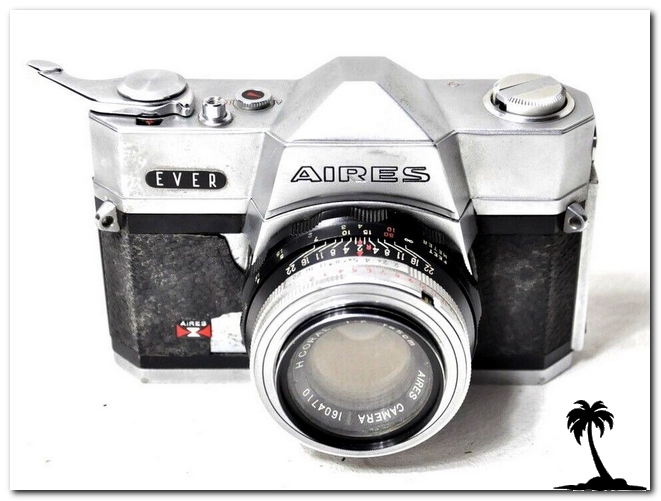 | Aires Ever | 1960 | Compact SLR | 35mm | Penta 35 |
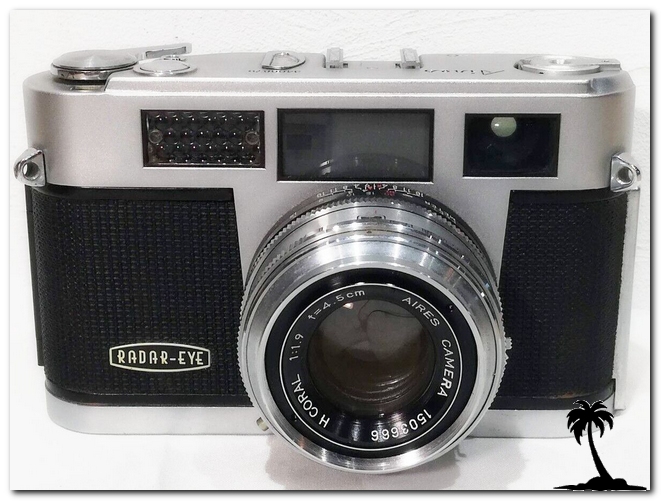 | Radar-Eye | 1960 | Rangefinder | 35mm | Selenium meter |
 | Viscount 2.8 | 1959 | Rangefinder | 35mm | |
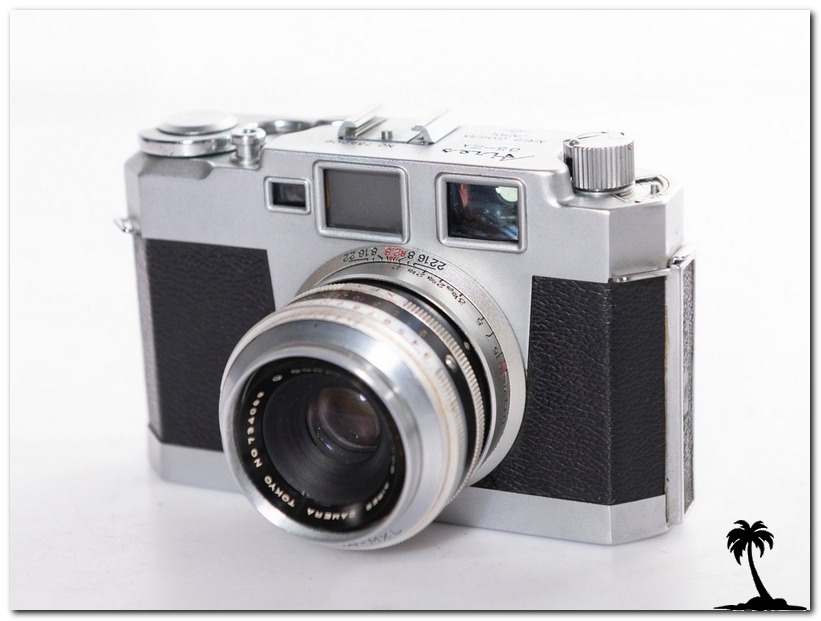 | Aires 35 IIIA | 1956 | Rangefinder | 35mm | |
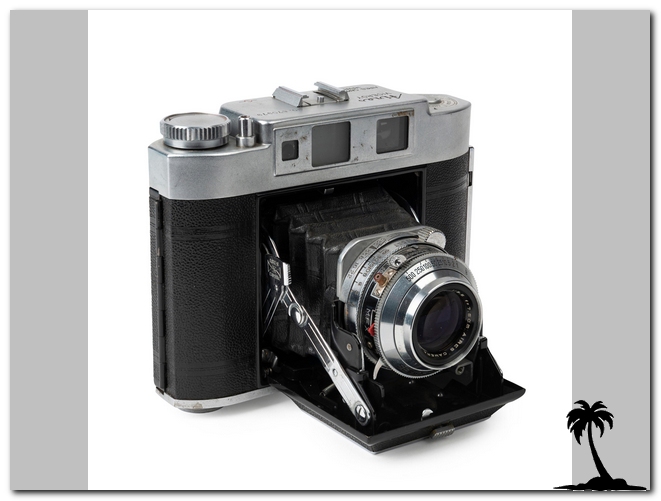 | Viceroy | 1956 | Klapp | 120 | |
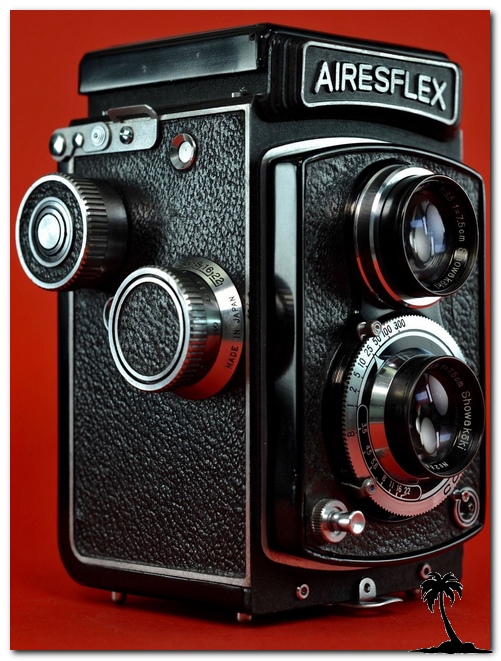 | Airesflex V | 1958 | TLR | 120 | |
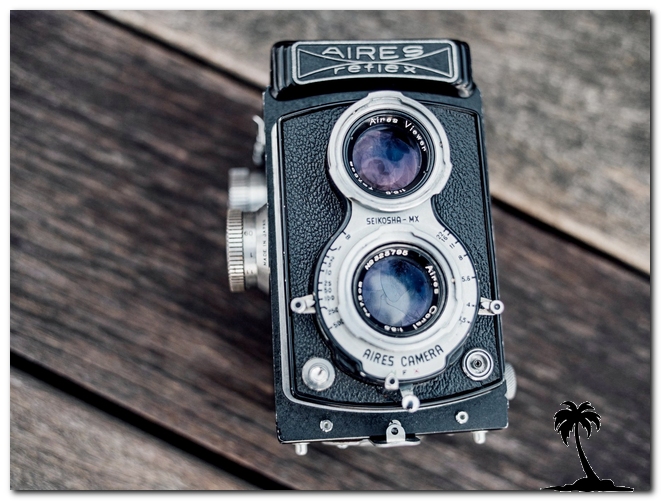 | Aires Reflex | 1951 | TLR | 120 | |
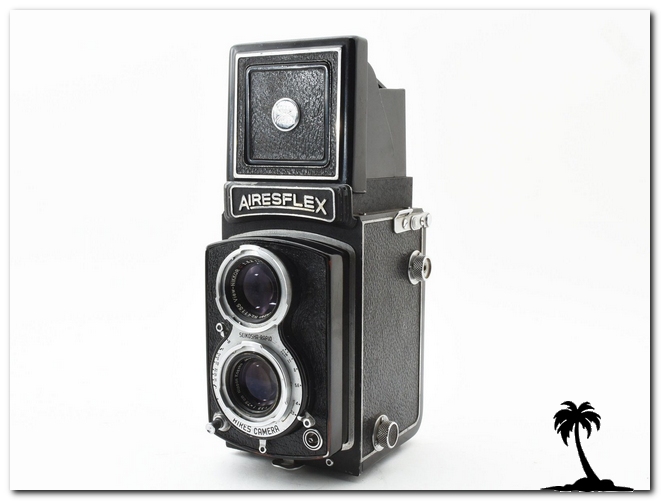 | Airesflex Z | 1951 | TLR | 120 |
More:
flicker
Wikipedia
photoethnography.com
Mile Eckeman 1
Mile Eckeman 2
Rangefinder forum
pheugo.com
Hank Kellner
nikomat.org
Reddit
dpreview
Jim Grey
corsopolaris.net
